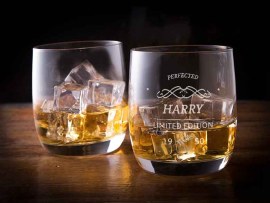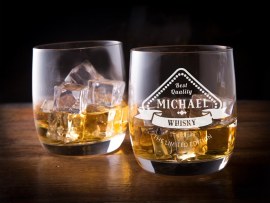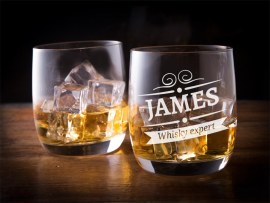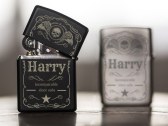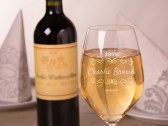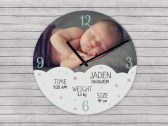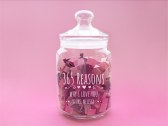Design your Whisky glass
- 12,95 €*
- Ready to ship in 24 h

Product is added to cart
Product added to cart
Check your selection
Your chosen photo

Your text
You didn't enter any text.
Font:
Product Variant
incl. VAT, plus 6,95 € shipping costs
All information about the Tumbler glass
Tumbler glass
- Total height: 9 cm
- Filling height: approx. 7 cm
- Filling quantitiy: approx. 280 ml
- Ø bottom: 5,8 cm
- Ø opening: 7,3 cm
- Ø widest point: 8 cm
- Weight: 260 g
Due to their wide shape, tumblers are particularly suitable for all those who like to enjoy their whisky on ice or as a long drink. Tip: If you are not sure which glass is the right one for you: You can't go wrong with the tumbler!
Whisky or Whiskey?
When it comes to the question of how to spell whisky or whiskey, the spirits argue. But what's right now or is both right? Our answer: Both spellings are somehow correct! The different spellings of the "water of life" come from the fact that there are different kinds from different regions and countries. In Scottish and Canadian types, the spelling "whisky" has prevailed. In Ireland the term "whiskey" is used. In America, for example, both spellings have simply established themselves. Until the 20th century whisky was only spelled without "e". It was only when whisky production in Dublin wanted to stand out from its competitors that they simply introduced the "e".
But the spellings of the types of whisk(e)y are not only to be assigned to the countries. There are also small but subtile differences in the way the distillates are produced. Only barley is usually used for whisky. Whiskey can consist of rye, corn and wheat. For the different spellings there are different guidelines, which must be fulfilled, so that one may call his distillate either whisky or whiskey. So the difference is not as small as one might think.
Manufacturer
Personello GmbH
Zum Lokschuppen 1
66424 Homburg
Germany
Tel: +49 6841 979165
Email: service@personello.com
